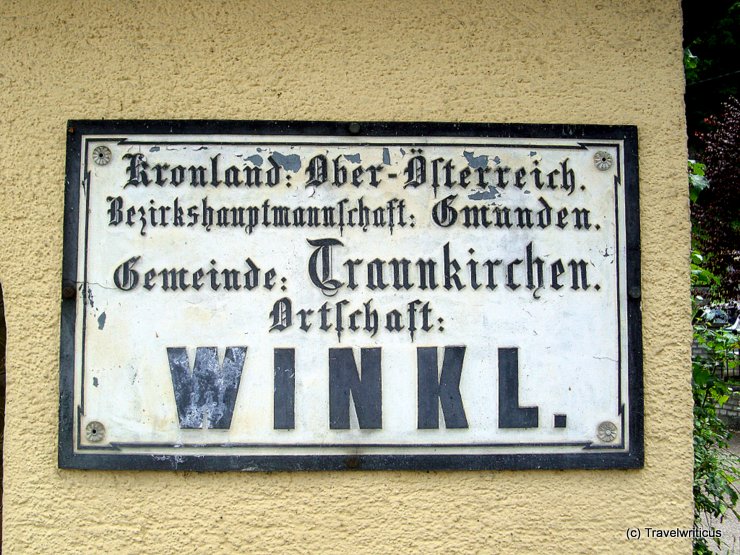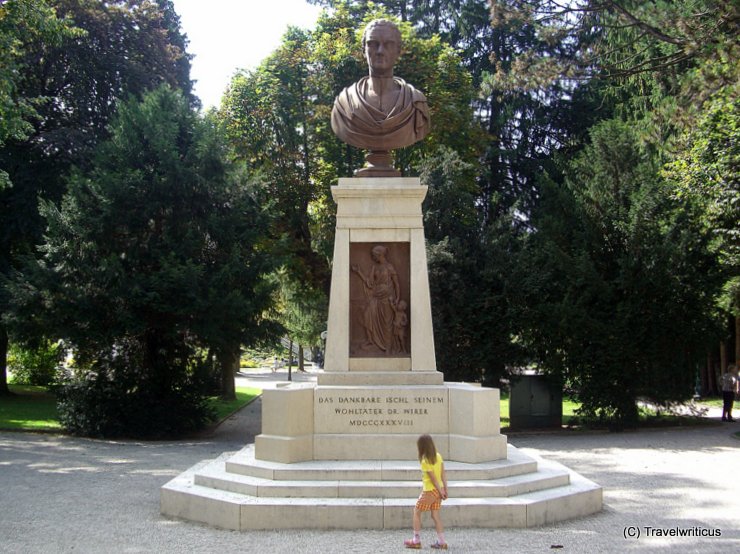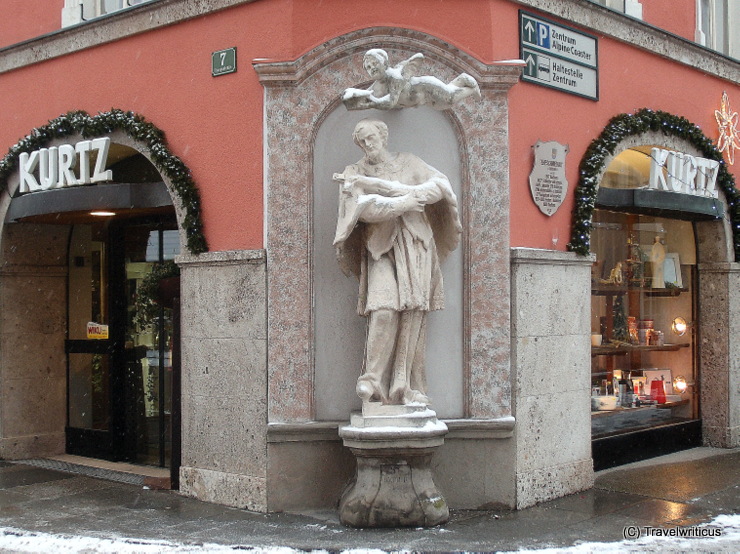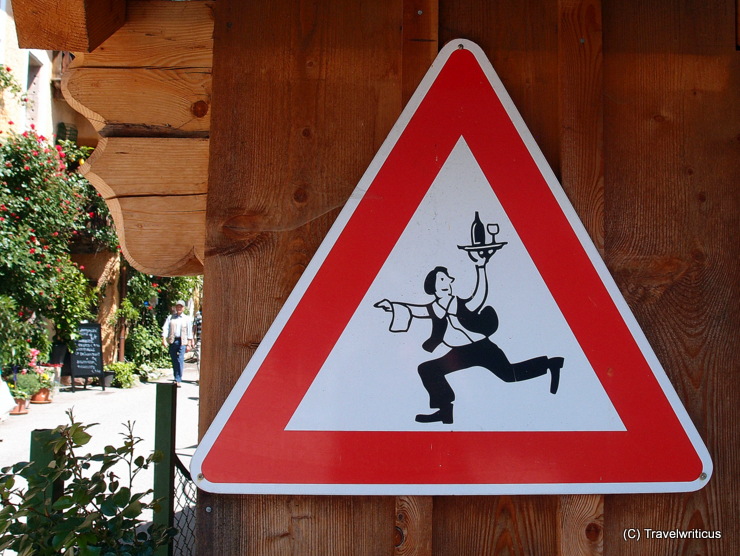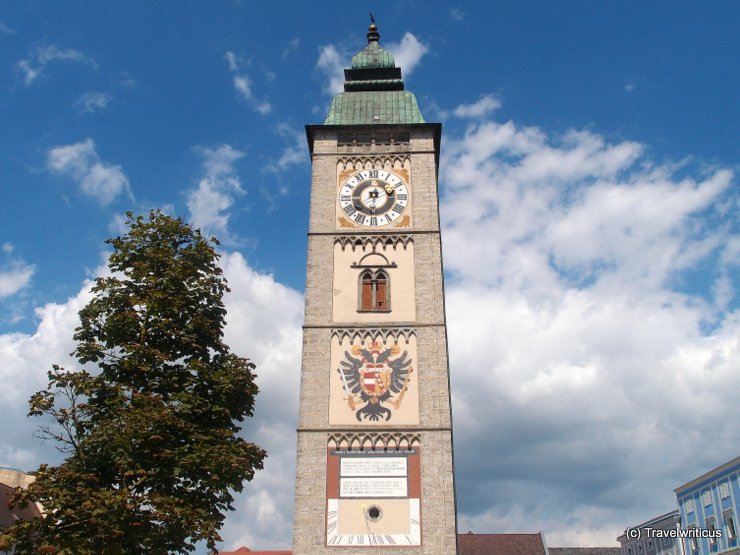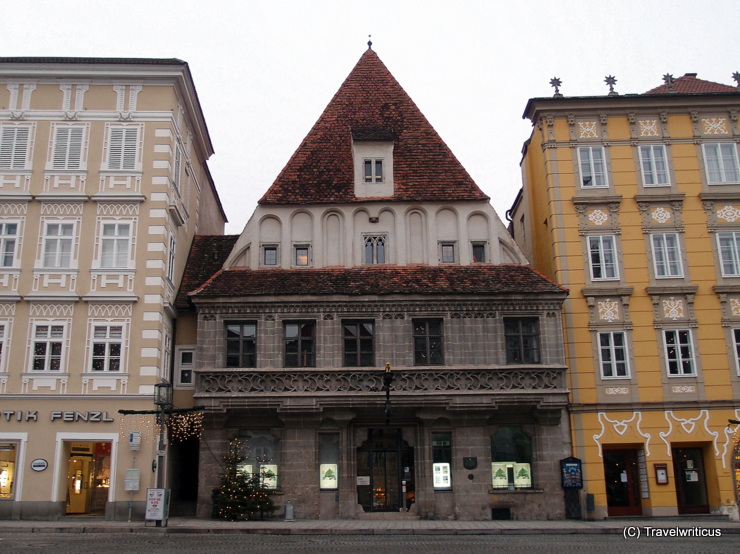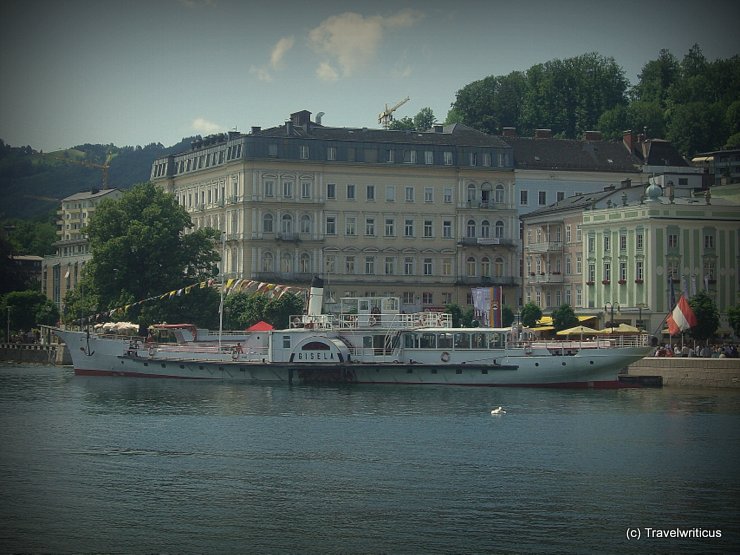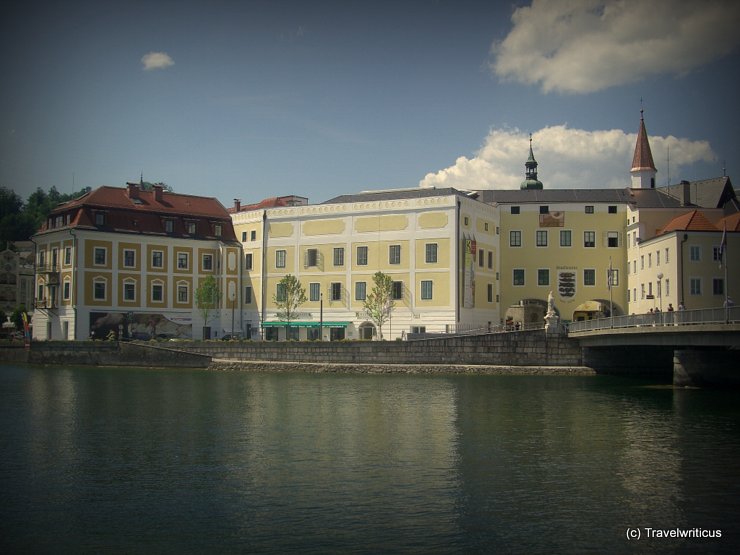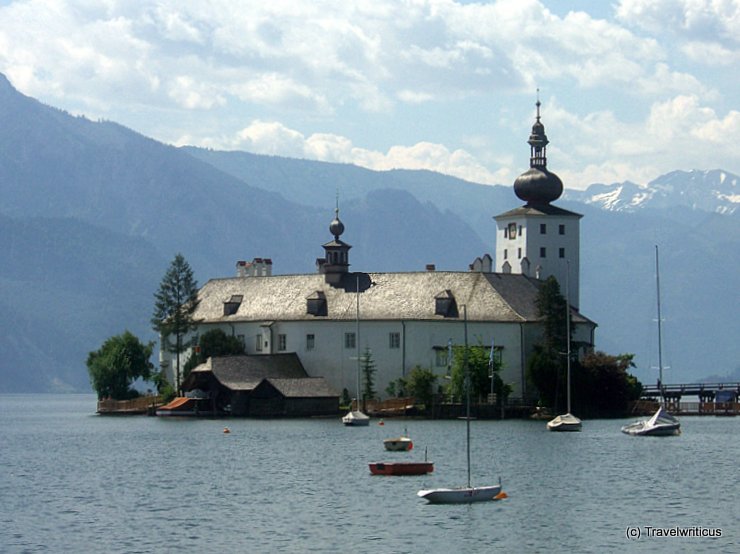
Seeschloss Ort impresses with its location on a tiny island in the Upper Austrian Traunsee Lake. The castle became known through a TV series and the mysterious disappearance of one of its owners. Today, it houses a restaurant visitors reach by a bridge. [German]
